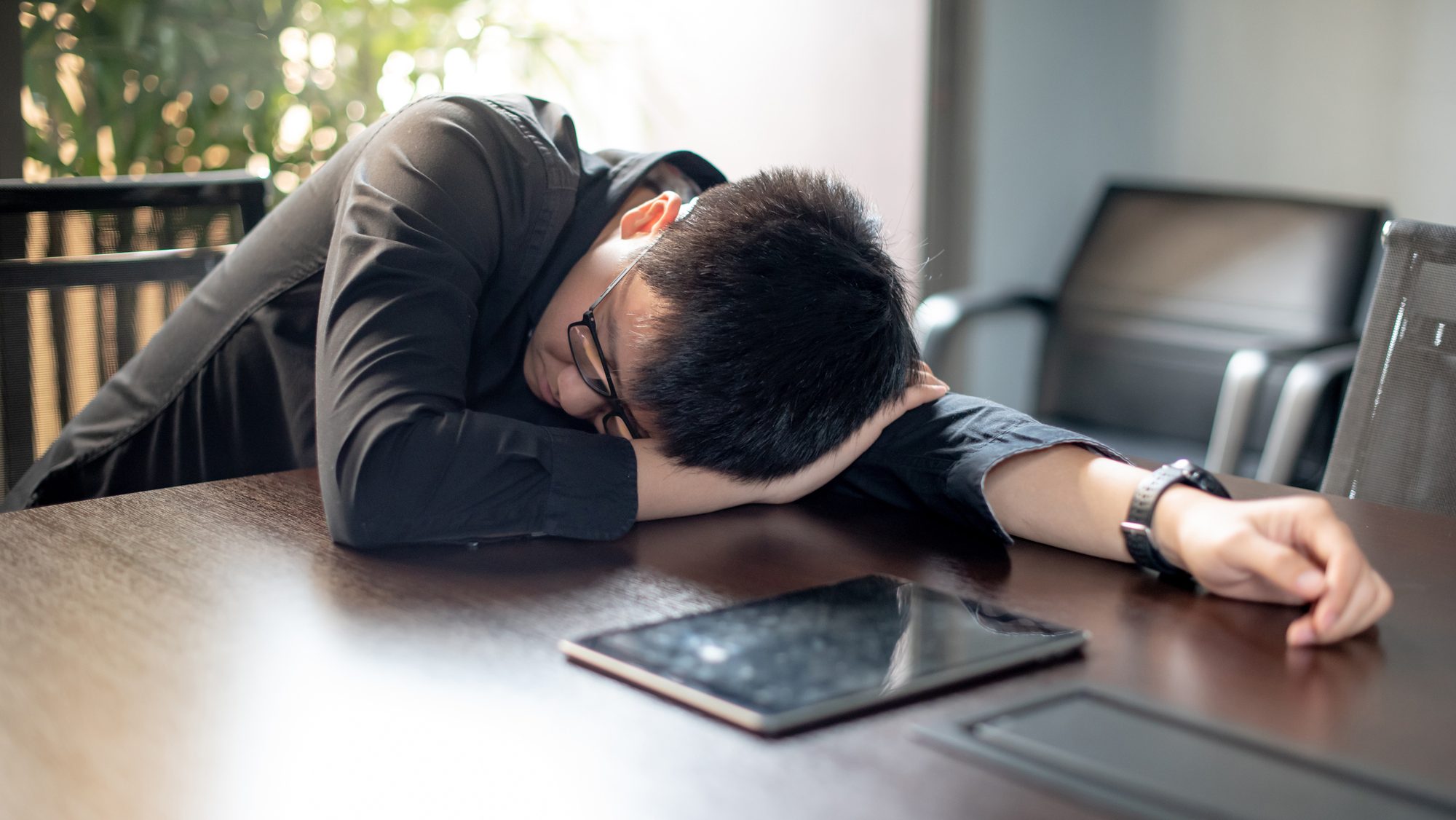Viewed from the cockpit, the latest statistics from Singapore’s Changi Airport appear to be just a blip. They show passenger traffic dropping by 2.5 per cent in March compared to the same month last year. February also saw a dip of 0.2 per cent year-on-year. But robust numbers for January were enough to pull the quarterly figure up by 1.1 per cent.
Changi did well in other areas, retaining its prized title as the World’s Best Airport for the fifth time this year.
But the ground view, when you look at the annual reports of Singapore Airlines (SIA), Tigerair and the Singapore Tourism Board, shows a perfect storm developing on the horizon.
SIA’s January-March figures show its operating loss worsening to S$60.3 million from S$44.2 million a year ago, with group profits slumping 60 per cent to S$27 million. The spanner in the works is its subsidiary and low-cost airline, Tigerair.
A combination of investments in Australia, Indonesia and the Philippines that went sour, CEOs who made wrong decisions and the impact of a cut-throat market and fuel surcharges have bled Tiger so much – the loss was $223 million last year — that the pain is also beginning to be felt by its parent.
After years of stubbornly protecting its cash cow of premium travel, SIA has finally decided to yield. The day after its dismal results were announced, the airline said it will be introducing a premium economy class – even if it means cannibalising its lucrative high-end travel business.
It looks like the airline cannot wait anymore, especially when its lunch is being eaten by the highly-subsidised Middle Eastern airlines and the highly-competitive Cathay Pacific of Hong Kong.
SIA’s executive vice-president (commercial), Mak Swee Wah, speaking of the idea of a premium economy class, was quoted earlier in the media as saying: “We have been watching and reviewing for quite a long time. It is a big step forward and we want to be absolutely sure that when we introduce it, it will be at the right time with the right positioning and the right product.”
In such a tight and tough market, price is going to be everything. SIA has all this while guarded its price jealously and rigorously. And there is no indication that it is going to relent on this front.
There is no let-up, meanwhile, on spending money, with the company investing S$405 million to add a splash and a dash to the cabins of its bigger planes. Airport lounges will be upgraded and new products introduced to make sure that SIA keeps its premium customers happy, contented and in its embrace.
As for Tigerair, they have sent in a new CEO – the fourth in three years – to turn things round. The market talk is that this is more a Band-Aid than a real cure. That can only come with taking the airline private or having SIA offer its 40 per cent stake to the other shareholders, as it did with its stake in Sats Ltd., its catering arm.
The story is pretty much the same for Singapore’s tourism industry, a bellwether of the city-state’s economy. Tourist arrivals have gone up, but the rate of growth was below the double-digit figures of the previous years, registering 7 per cent in 2013. Things are not expected to improve with the strong Singapore dollar and a dull world economy expected to dent growth further.
With all the drivers of the tourism economy predicting dark clouds, Singapore is in for a rough ride. The one silver lining is that the country has the money in its reserves, and the political control and will to wage a scrappy war in the skies.






